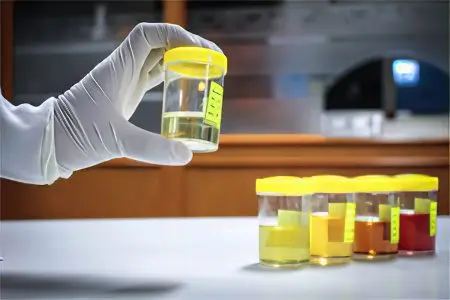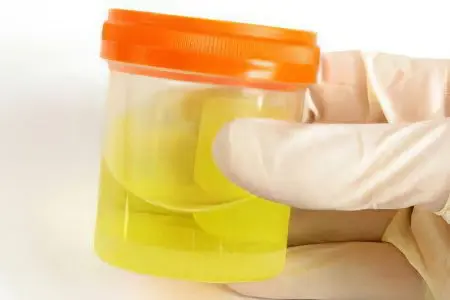
Urine is a biological fluid, the end result of the natural process of human life. It is formed in the kidneys in two complex steps: glomerular filtration and water reabsorption in the renal tubules. Together with urine, urea (a product of protein metabolism), uric acid, electrolytes, vitamins, and hormones are excreted from the body. According to the results of a laboratory study of urine, a doctor can assess the condition of the kidneys and their functionality, the work of the gastrointestinal tract, the cardiovascular system and many other organs. That is why OAM is included in the list of diagnostic tests that are mandatory both in the presence of symptoms of malaise and for preventive purposes, as part of regular health monitoring.
Usually it is the doctor who directs the patient to a general urine test, deciphering the results in adults and children is also the prerogative of a qualified specialist: a therapist, pediatrician, urologist, nephrologist. But any person in our time can independently undergo a complete examination of the body, including OAM. When the form with the results is in hand, it will be difficult to figure it out without having a medical education. We will provide you with all the information you need for this in a concise and accessible form: the norms of a general urine test in the table, a breakdown of the indicators and a list of possible reasons why the result deviates from the ideal.
However, we emphasize that this information is for informational purposes only and does not replace the need for professional advice. In addition, the figures given in different sources differ slightly, laboratories may use other units of measurement, so it’s better to ask a doctor for help.
How to collect a urine test correctly?

To obtain the most reliable results of the study, it is necessary to follow the rules for collecting urine for analysis. If a person is healthy, this liquid is sterile, but it may contain microorganisms from the surface of the genitourinary organs, or from contaminated containers. Adults are able to collect urine themselves, sick bedridden people and children, especially the smallest, may need outside help.
To be able to take urine from an infant, it must first be breastfed, since the process of saturation is directly related to the emptying of the bladder. You can also lightly massage your baby’s tummy or dip his legs in a container of warm water – this will almost certainly lead to reflex urination. Of course, it is much easier to collect urine from boys, due to the structural features of the external genital organs. And for girls, you can buy special soft containers with sticky edges at the pharmacy.
[Video] Urologist Zhernov Alexey Alexandrovich – how to take a urine test:









